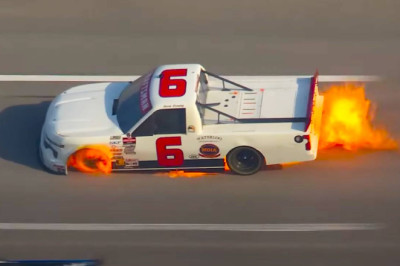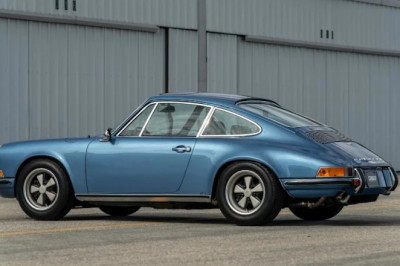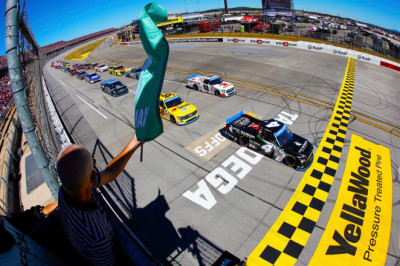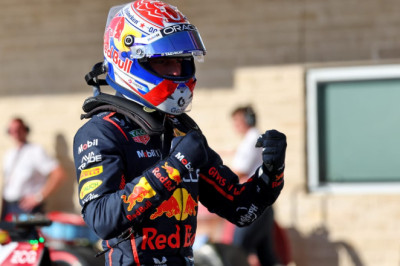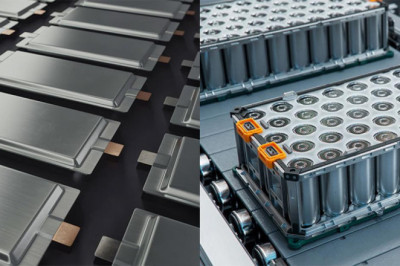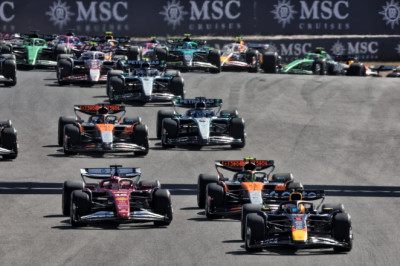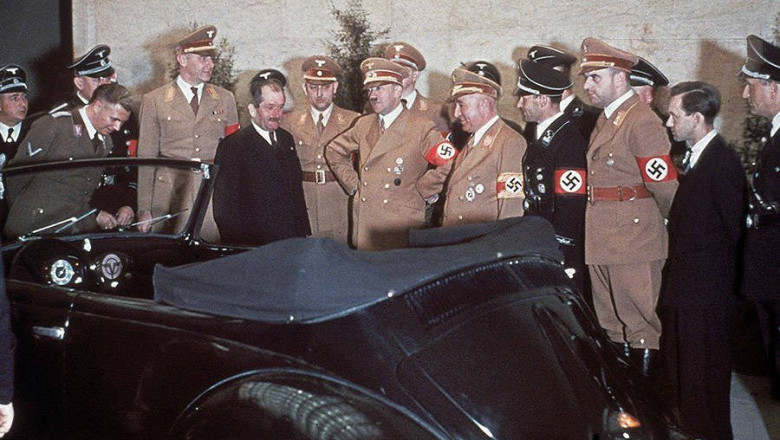
The rise of the Nazi Party in 1933 marked a turning point for Germany’s automotive industry. What began as a period of economic recovery and technological ambition quickly became enmeshed with the regime’s militarization and propaganda efforts. Automakers like Daimler-Benz, Auto Union, and the newly conceived Volkswagen project were not passive observers but active participants in the Nazi war machine—a reality that continues to shape discussions about corporate responsibility and historical legacy.
From Economic Revival to War Production
In the early 1930s, the German auto industry was struggling under the weight of the Great Depression. The Nazis’ arrival brought immediate changes: tax breaks, infrastructure projects like the Autobahn, and state-sponsored motorsport initiatives revitalized car manufacturing. However, this revival came at a cost. By 1936, under Hermann Göring’s Four-Year Plan, the industry was increasingly redirected toward military production. Daimler-Benz, once a producer of luxury vehicles, shifted to manufacturing trucks like the LG 3000 and aircraft engines such as the DB 601 and DB 605. Civilian car sales were restricted, and by 1939, private vehicle production was virtually halted in favor of war matériel.
The Volkswagen Myth and Forced Labor
Perhaps the most notorious example of Nazi automotive ambition was the Volkswagen project. Conceived as a “People’s Car” (KdF-Wagen) to symbolize the regime’s promise of prosperity, the Beetle was intended to be affordable for ordinary Germans through a state-run savings scheme. Yet by the time the Wolfsburg factory was completed in 1938, war had broken out, and civilian production was abandoned. Instead, the plant churned out military vehicles and even components for V-1 flying bombs—using forced labor from occupied territories. Estimates suggest that over half of Volkswagen’s wartime workforce consisted of coerced workers, many of whom endured brutal conditions.
Racing as Propaganda
Motorsport became another tool of Nazi soft power. Grand Prix teams like Mercedes-Benz and Auto Union received state subsidies to dominate international racing, their successes framed as proof of Aryan technological superiority. The famed Silver Arrow cars, engineered by Ferdinand Porsche, were celebrated as symbols of German ingenuity—even as their development was bankrolled by a regime preparing for war. Drivers were required to join the National Socialist Motor Corps (NSKK), further entwining the sport with the party’s ideology.
Legacy and Reckoning
After the war, many automakers distanced themselves from their Nazi-era activities, emphasizing postwar reconstruction over historical accountability. Volkswagen rebranded the KdF-Wagen as the Beetle, turning it into a global success. Daimler-Benz and other firms eventually acknowledged their use of forced labor, though reparations came decades later.
The story of Germany’s auto industry under the Nazis is not just about cars—it’s about how businesses navigate political coercion, profit from state contracts, and confront their past. As historians continue to examine this period, the question remains: Can technological achievement ever be separated from the systems that enabled it?






